The main advantages of Venetian plaster
The main plus of such material is environmental safety. Thanks to the natural materials that are part of the plaster mixture (marble, lime, gypsum and others), as well as polymer or acrylic, which is a binder component, Venetian plaster is an absolutely harmless material for human health. Processed surfaces do not distinguish various odors and other substances during drying and during operation, which prevents the manifestation of various allergic reactions in sensitive people.
In addition, good elasticity, resistance to the development of various bacteria, mold and fungi, as well as vapor permeability, which ensures the creation of an optimal microclimate in the processed room,. The specific effect that can be achieved using a similar method of finishing also deserves attention. The composition of the material is able to absorb and reflect the rays of light at different depths, thus creating an unusual mother of pearl glow. Many people prefer to use such a finishing material due to the fact that outwardly it is very similar to onyx or marble, which allows you to give any room some solidity and luxury.
Material disadvantages
The main drawback of Venetian plaster is large financial expenses, which are not only the cost of finishing material, but also the remuneration of highly qualified specialists who can efficiently and technically correctly perform the process of plastering. In addition, the disadvantages include the need for alignment and thorough preparation of surfaces before applying the plaster, since on a similar type of decoration it visually distinguishes all the errors and unevenness of the walls and ceiling several times.

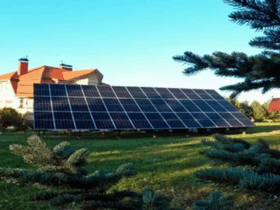

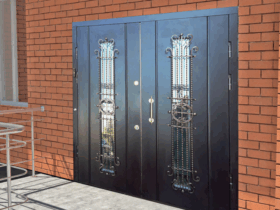
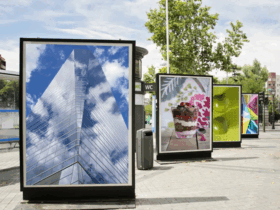

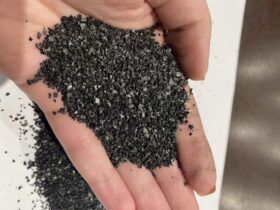
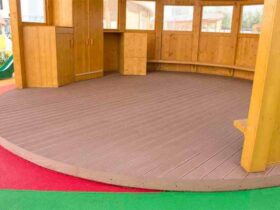
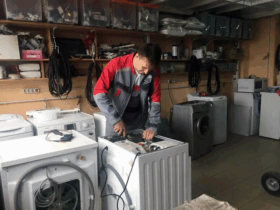


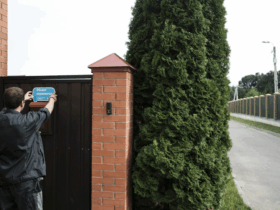


Оставить ответ